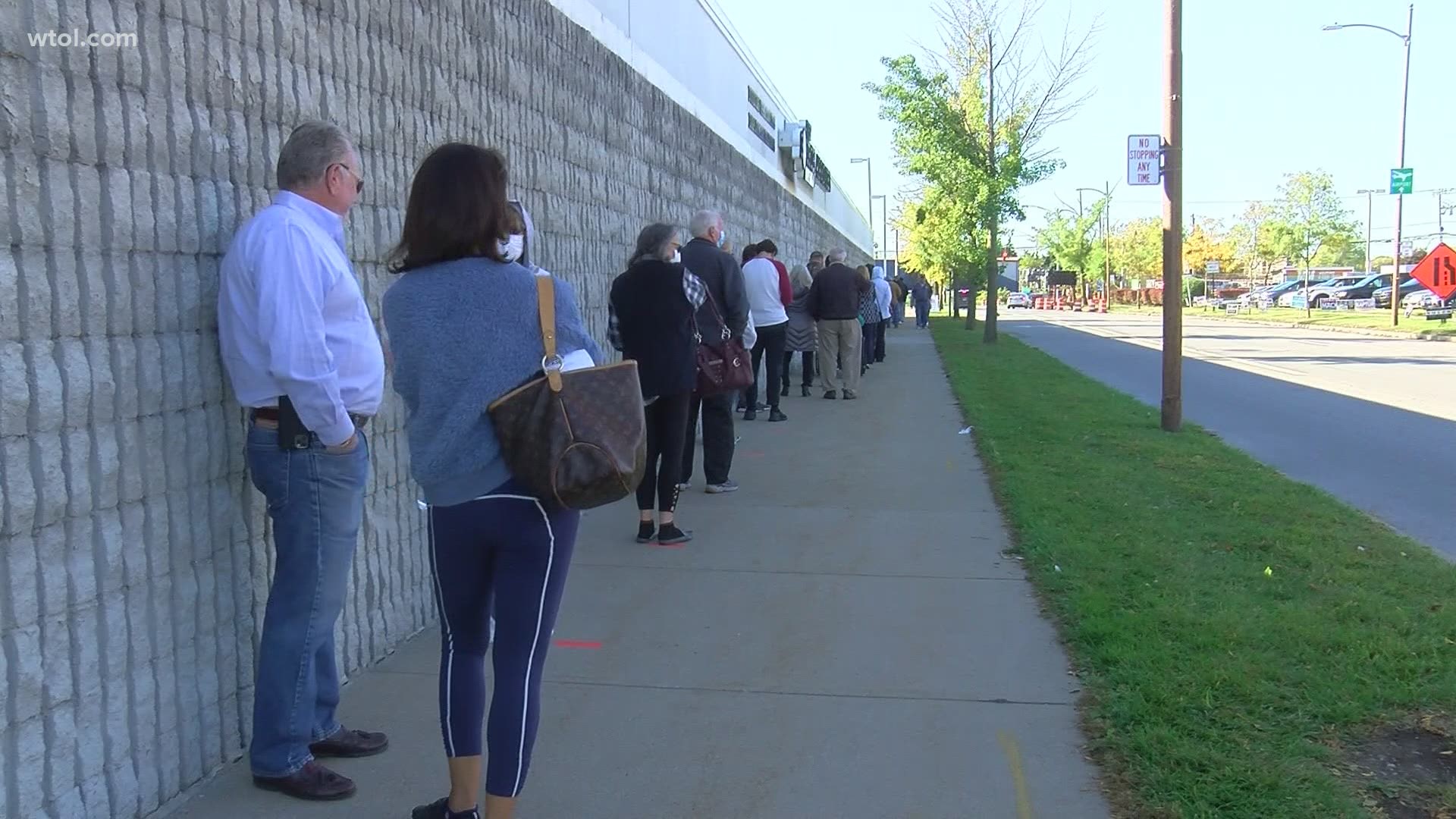Ohio's secretary of state directive sets earlier date for official vote canvass: Why, what does it mean, and who is concerned?
Secretary LaRose's office says the move protects Ohio voters by making sure their voice will be heard. Some Democrats say the move cuts off time for counting votes.
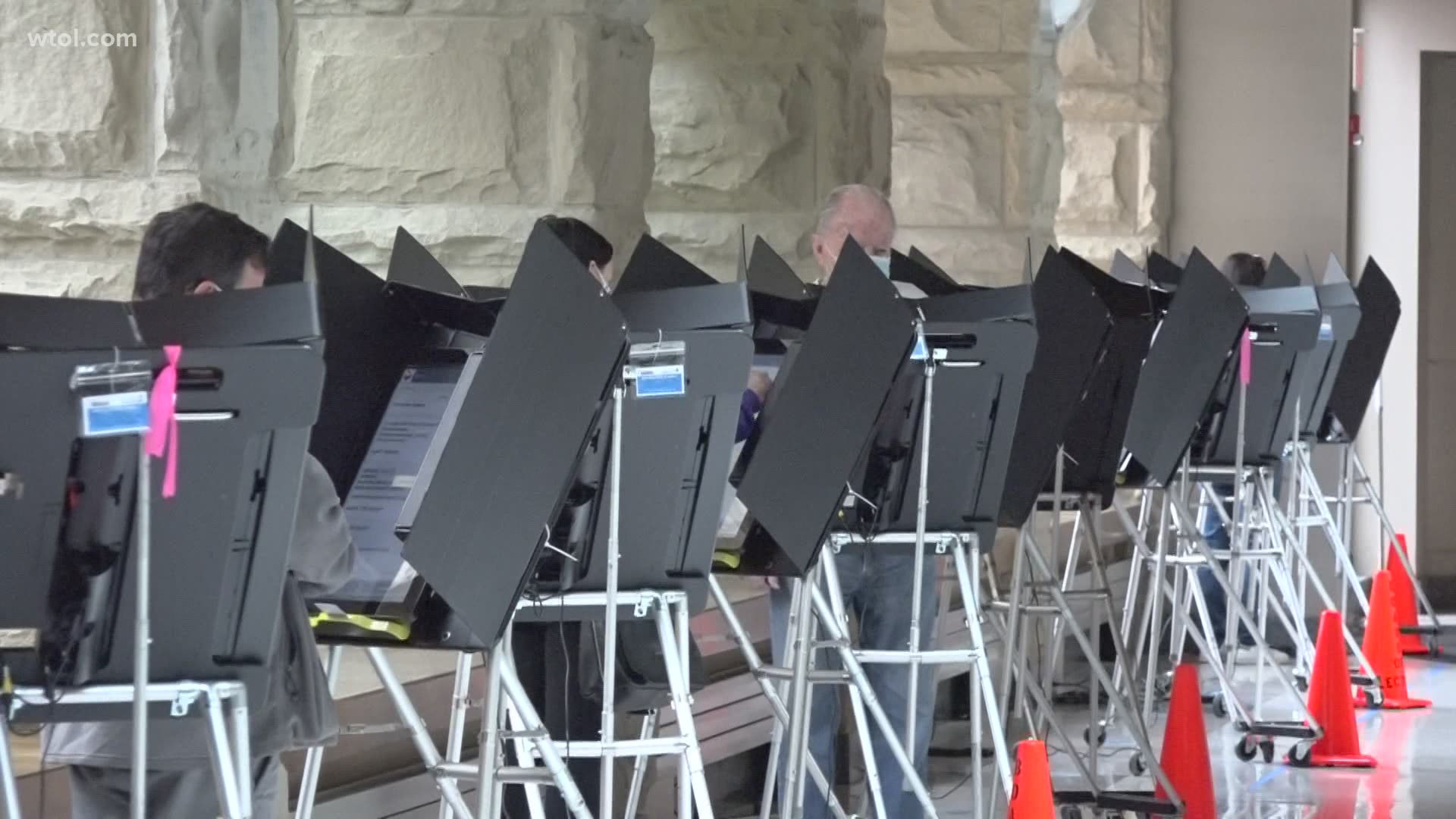
On Oct. 16, Ohio Secretary of State Frank LaRose issued a directive that expedites the timeline for county board of elections to complete their official voting canvass, setting the date as Nov. 18 from the previous Nov. 24 deadline.
The move sparked criticism from several Democratic state lawmakers, who claimed the move cuts off six days of vote counting time that counties might need to finish the canvass.
A letter from Reps. Paula Hicks Hudson, Michele Lepore-Hagan, Catherine D. Ingram and Bride Rose Sweeney on Oct. 20 also called upon the secretary to investigate any delays caused by ballot provider Midwest Direct and confirm that any board that needs more time to count the votes beyond the imposed deadline will be granted the needed time.
To one side, it’s a matter of calendars and laws and protecting Ohioans' votes. To the other, it’s a potential infringement of voter rights and a question of delays. Who’s correct? Here’s what both sides are saying.
What sparked the directive? What sparked the directive?

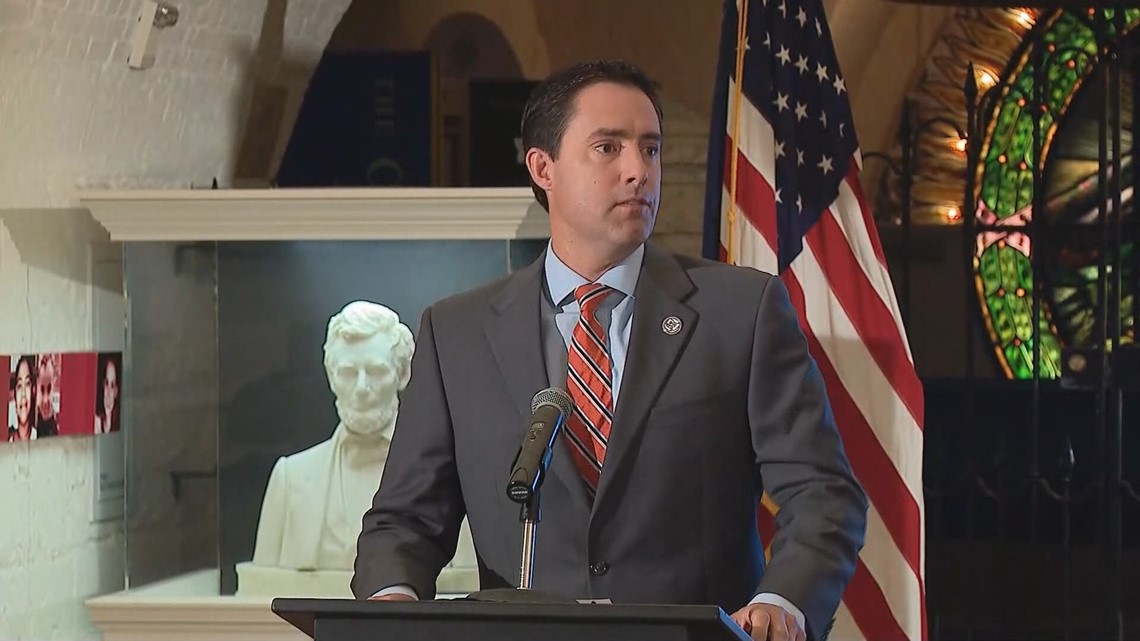
On Friday we got the what: An expedited canvass timeline changing the date that Ohio boards of elections are to report their vote tallies to the state to Nov. 18 instead of Nov. 24. Now we are looking at the why. Did someone just flip open a calendar and circle a date?
No. These deadlines are not arbitrary. To look at why certain dates are set, we need to work backward. You may be concerned with Election Day, Nov. 3. With this directive, the Secretary of State's Office is concerned with Jan. 6, when Congress meets at 1 p.m. to count the electoral votes and declare the results.
With that end date in mind, let's look at the secretary of state's timeline.
The Secretary of State's Office says that the timeline was expedited to ensure that there is enough time to do a recount if necessary.
The office further says this is the same exact amount of time given in the 2016 election for the canvass to take place. The office said it consulted with local boards of election to ensure that they could handle this deadline being moved to Nov. 18.
The official date for certification by the Ohio Secretary of State’s Office is Nov. 28 – 10 days after the deadline for the official canvass to be done.
After the official certification by the secretary of state, candidates must request a recount within five days (by Dec. 3). Recounts are also automatically triggered when the vote margin is 0.25% or closer.
Recounts would take place from Dec. 3-8, the secretary of state's office said.
Ohio law requires any recount in a presidential race to be done no later than six days before the scheduled meeting of the Electoral College. This year, the Electoral College meets on Dec. 14, making Dec. 8 the last day the recount could be done.
Federal law states that if a state’s slate of presidential electors is certified by six days before the scheduled meeting of the Electoral College, that slate of electors will not be challenged when Congress meets on Jan. 6 to count the electoral votes. If you’re still playing along at home, these key dates are:
- Nov. 18 - deadline set for county boards of election canvass
- Nov. 28 - deadline for state to certify the election (10 days after the canvass)
- Dec. 3 - recounts start
- Dec. 8 - deadline for recounts to end
- Dec. 14 - Electoral College meets
- Jan. 6 - Congress counts electoral votes, declares results
READ THE DIRECTIVE
What Concerns are Being Raised? What Concerns are Being Raised?

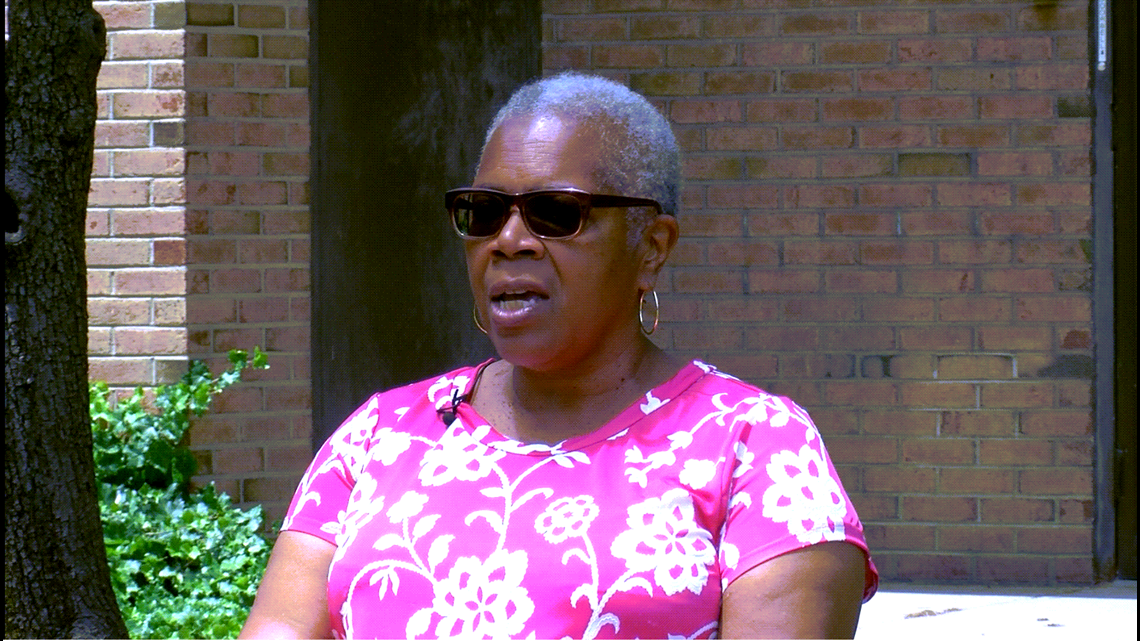
State Reps. Paula Hicks-Hudson (D-Toledo), Catherine D. Ingram (D-Cincinnati), Michele Lepore-Hagan (D-Youngstown), and Bride Rose Sweeney (D-Cleveland) wrote a letter to Secretary of State Frank LaRose saying the directive cuts off six days of maximum vote-counting time that counties might need to finish the canvass. LaRose's office said the timeline provides the same amount of time that was afforded counting the 2016 election.
Ohio law requires the official count to be completed by no later than the 21st day after the election, which is Nov. 24. It's the secretary's prerogative to move the deadline up, however.
The secretary is within the law to change the deadline. So, why do the Democratic representatives believe more time would be needed?
The answer is that the election of 2020 is already shaping up to be much different from the election of 2016, with record numbers of absentee ballots requested, coupled with delays in delivery of ballots from contractor Midwest Direct.
Ballots that are postmarked by Nov. 2 can continue to be received and counted by boards of election up to Nov. 13 - 10 days after Election Day.
"With all of the problems we’ve seen around the state from ballot delays to people getting the wrong ballots and needing a replacement ballot in some cases, we are likely to see more ballots arriving in the 10-day window after Election Day," the representatives wrote. "Our boards of elections will need time to process and count all of these ballots. We need your assurance that you are giving the counties enough time to count every vote in light of the large number of mail-in ballots. You cannot end the official canvass of the votes before every vote is counted," the Democrats' letter said.
If the maximum canvass time allowed by Ohio law were to be implemented, this is what the timeline would look like:
Ohio law allows for a maximum canvass period that is completed 21 days after the election, which would be Nov. 24. (As of Thursday, this is still what the calendar on the Ohio Secretary of State's website stated.)
If the Ohio Secretary of State’s Office takes 10 days after the deadline for the official canvass to certify the election, that date would be Dec. 4.
After the official certification by the secretary of state, candidates must request a recount within five days (by Dec. 9). Recounts are also automatically triggered when the vote margin is 0.25% or closer.
Recounts must be completed within 10 days of when they are ordered, making Dec. 19 the last day that a recount could be completed in this scenario.
This is where the timeline runs into a potential problem if the maximum time by law for counting is in place.
As stated, Ohio law requires any recount in a presidential race to be done no later than six days before the scheduled meeting of the Electoral College. This year, the Electoral College meets on Dec. 14, making Dec. 8 the last day the recount could be done. By setting the date when counties should have their canvass completed as Nov. 24, the last date permitted by Ohio law, the state potentially misses this deadline if a recount is needed.
Federal law states that if a state’s slate of presidential electors is certified by six days before the scheduled meeting of the Electoral College, that slate of electors will not be challenged when Congress meets on Jan. 6 to count the electoral votes. If you’re still playing along at home, if the maximum time allowed to count the votes is put into place, these key dates are:
- Nov. 24 - maximum state deadline for county boards of election canvass
- Dec. 4 - deadline for state to certify the election (10 days after the canvass)
- Dec. 9 - recounts start (five days after state certification)
- Dec. 19 - deadline for recounts to end (10 days after recounts begin)
- Dec. 14 - Electoral College meets
- Jan. 6 - Congress counts electoral votes, declares results
What's Next? What's Next?

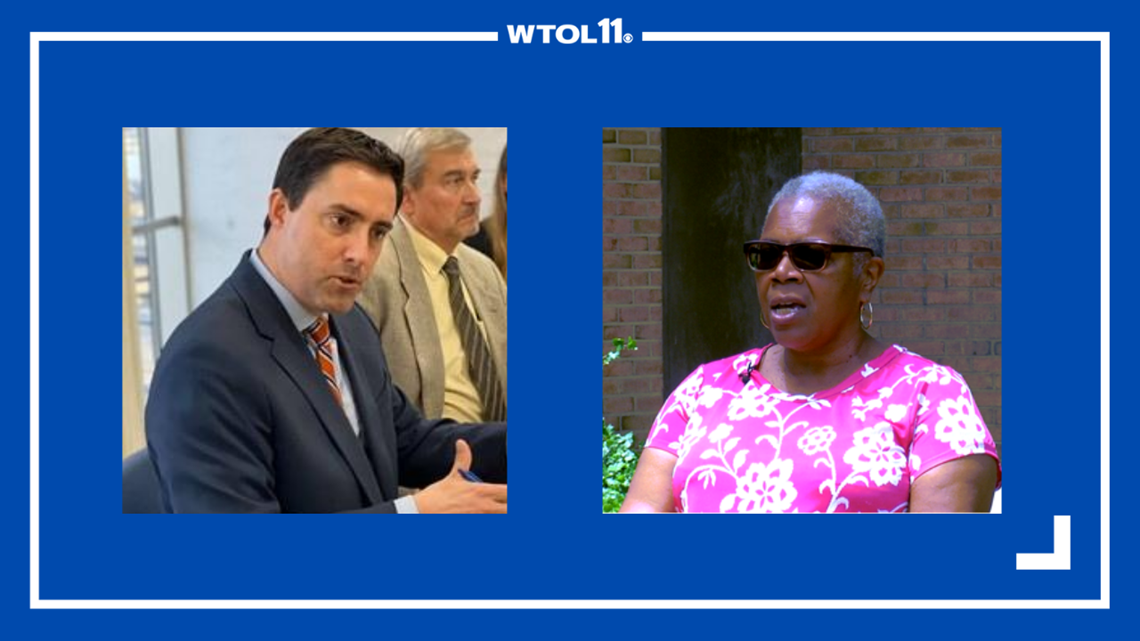
Ohio Secretary of State's Office sent a letter back to the representatives, saying that the expedited timeline did not come as a surprise to county boards of election, which have said they will meet the deadline. The letter reiterated that the timeline is being done to protect voters.
"The expedited timeline protects Ohio voters by making sure their voice will be heard if the Presidential race in Ohio is close and there is a recount. Ohio law requires any recount in a Presidential race to be done no later than six days before the scheduled meeting of the Electoral College. Likewise, federal law provides that if a state’s slate of Presidential electors is certified by December 8, six days before the scheduled meeting of the Electoral College, then that slate of electors will not be challenged when Congress meets in January to count the electoral votes," LaRose states.
"If instead, we allow the county boards the maximum period of time to conduct the official canvass, as you appear to suggest, a recount could very well force Ohio to miss those deadlines set in state and federal law for awarding its electors. We can’t let that happen, and thanks to our dedicated bipartisan county election officials, we won’t let that happen. Ohio’s voice WILL be heard."
On Wednesday, the Dems didn’t feel those answers went far enough, launching another missive in this war of words asking for an investigation into Midwest Direct and for the following to be clarified:
"Please confirm that your office will not cut off the counting of ballots if a county board of elections is not finished by 2 p.m. on November 18. Any board of elections that needs more of the time granted by ORC 3505.32(A) to count ballots must not be blocked by your office from performing a complete count."
"Please let us know when you will perform an investigation into your office’s failure to vet Midwest Direct as a competent vendor for handling Ohioans’ ballots as well as the company’s failure to meet its obligations and to communicate adequately to our county boards of elections. Election officials and voters were left in the dark because of this significant failure and lack of communication."
Further, on Thursday, Hicks-Hudson sent another letter requesting daily election briefings from LaRose's office to the legislature.
"On behalf of our caucus, I kindly request that your office provide the legislature with a daily briefing on reported problems with this election and what your office is doing to address anything that arises," Hicks-Hudson wrote. "As we enter unchartered waters surrounding this historic election, we do not know what quick and decisive action will be required of the legislative and executive branches; we need to all be working together right now to stay informed and remain agile enough to respond appropriately when, and if, the time comes.”


